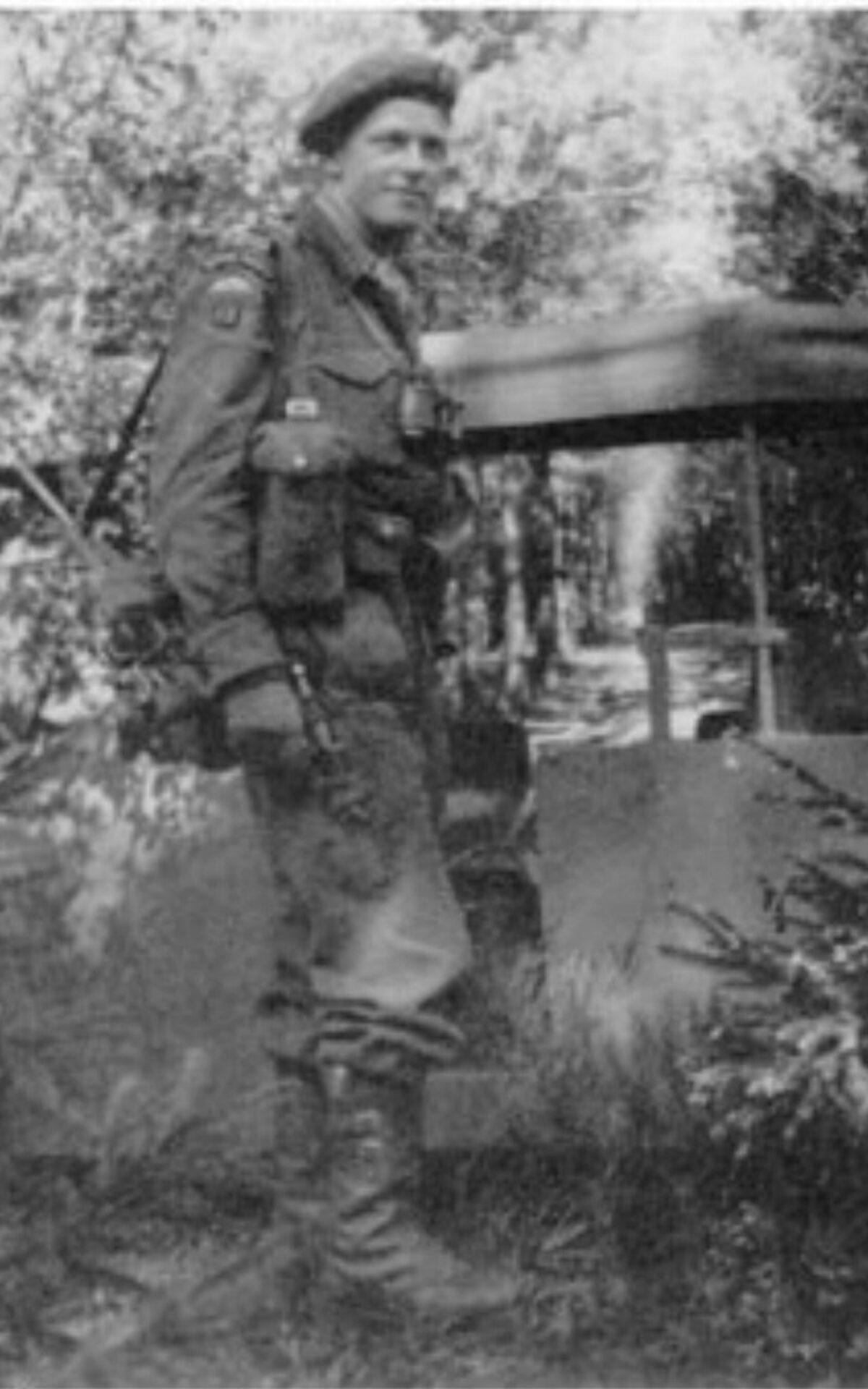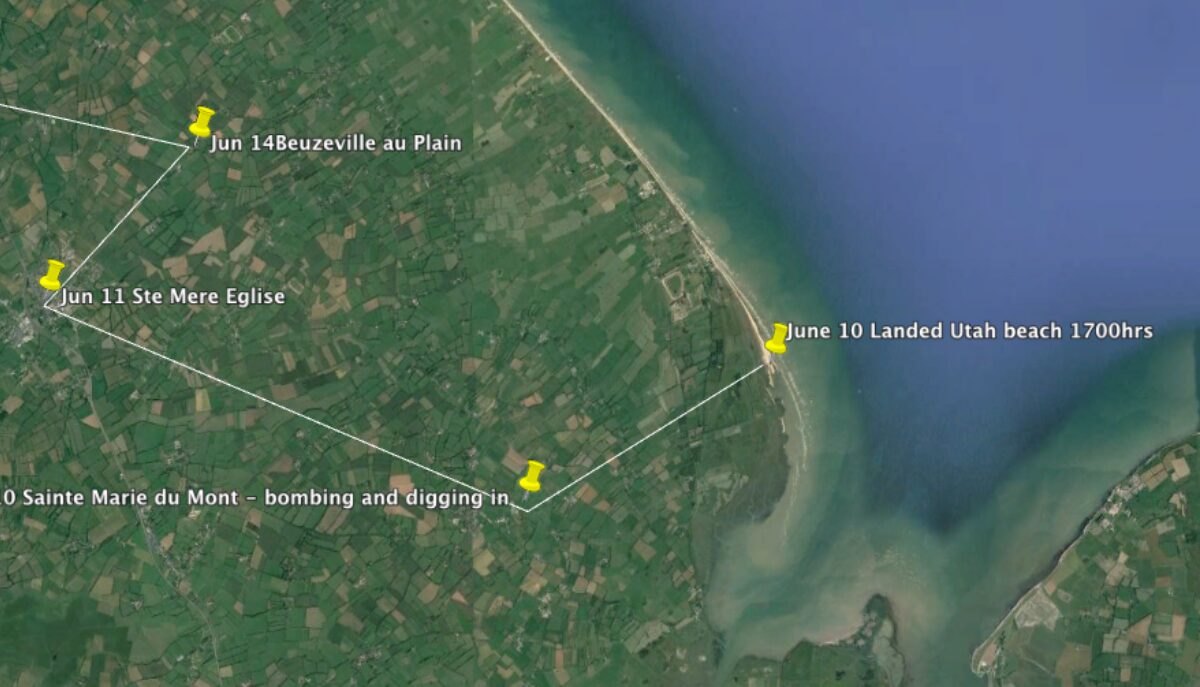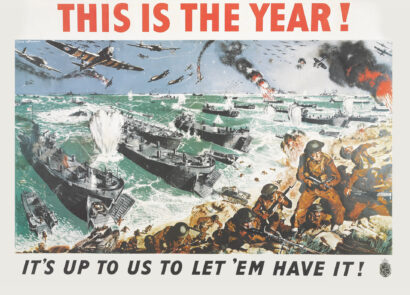
A young man's war - 4
From the regimental war diary - 'Disembarked in theatre of ops'
08 July 2020
30 AU's primary mission was to seize naval intelligence from the Kriegsmarine HQ at Villa Meurice in Cherbourg during - not after - the capture of the city and port. 30 AU with the US 9th Infantry Division push on to Cherbourg.
German resistance however, slowed the Allied advance. 30 AU was then sent in search of other targets as part of Operation Crossbow - the campaign to neutralise the launch and support sites for the long range ballistic missile and V1 rockets attacks which had just started to bomb London on June 13.
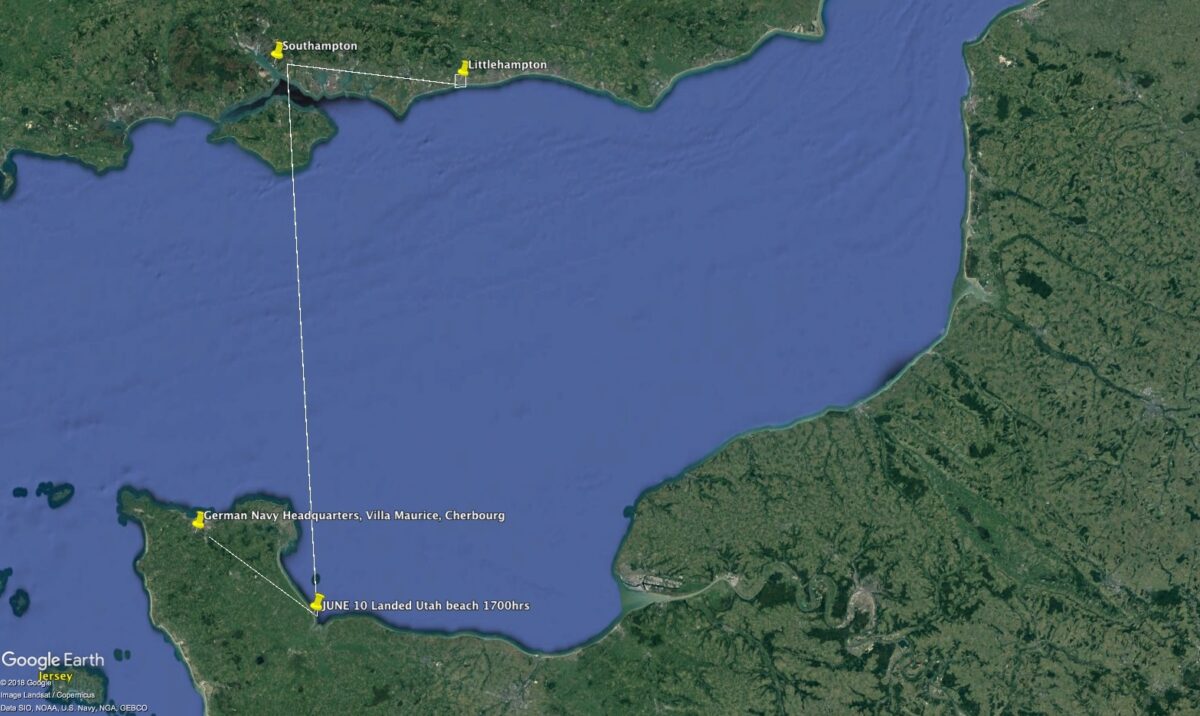
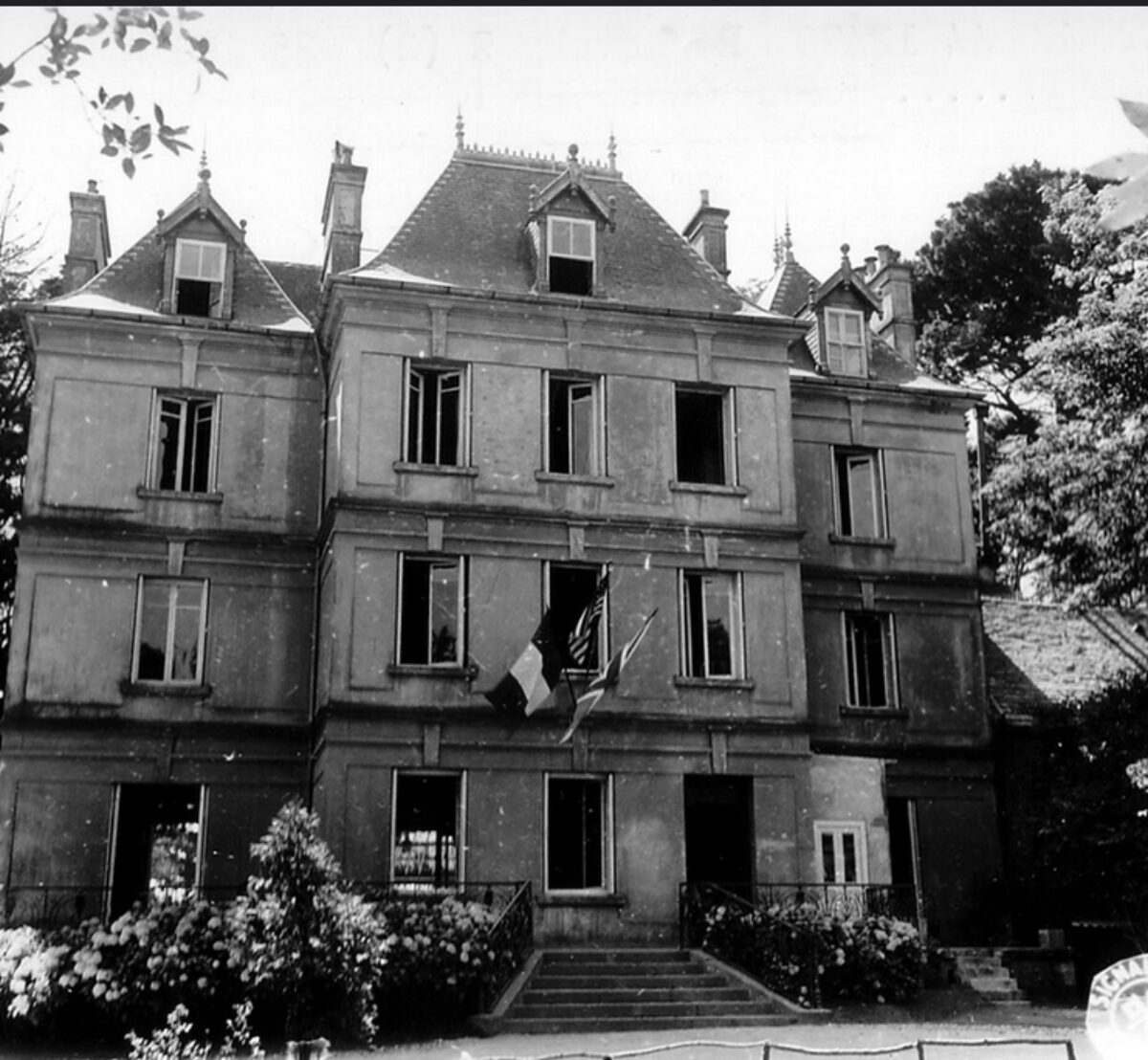


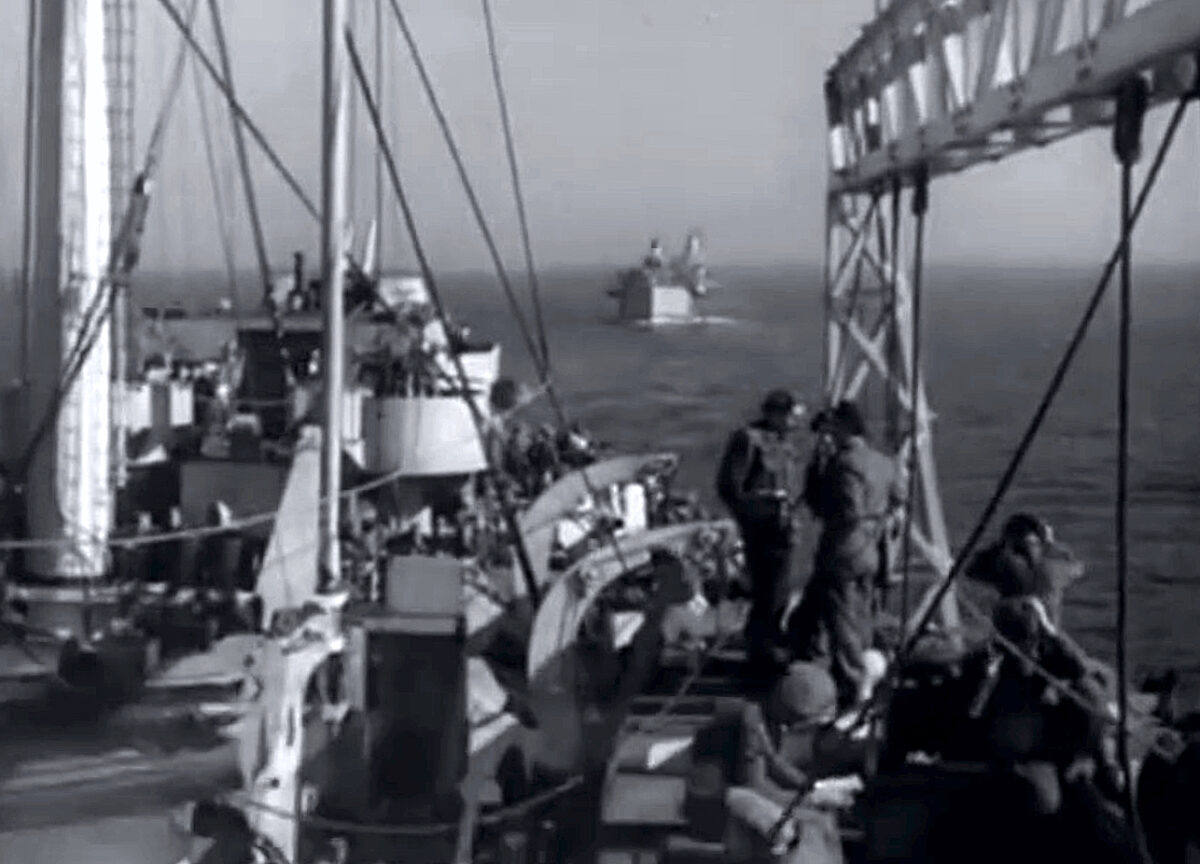
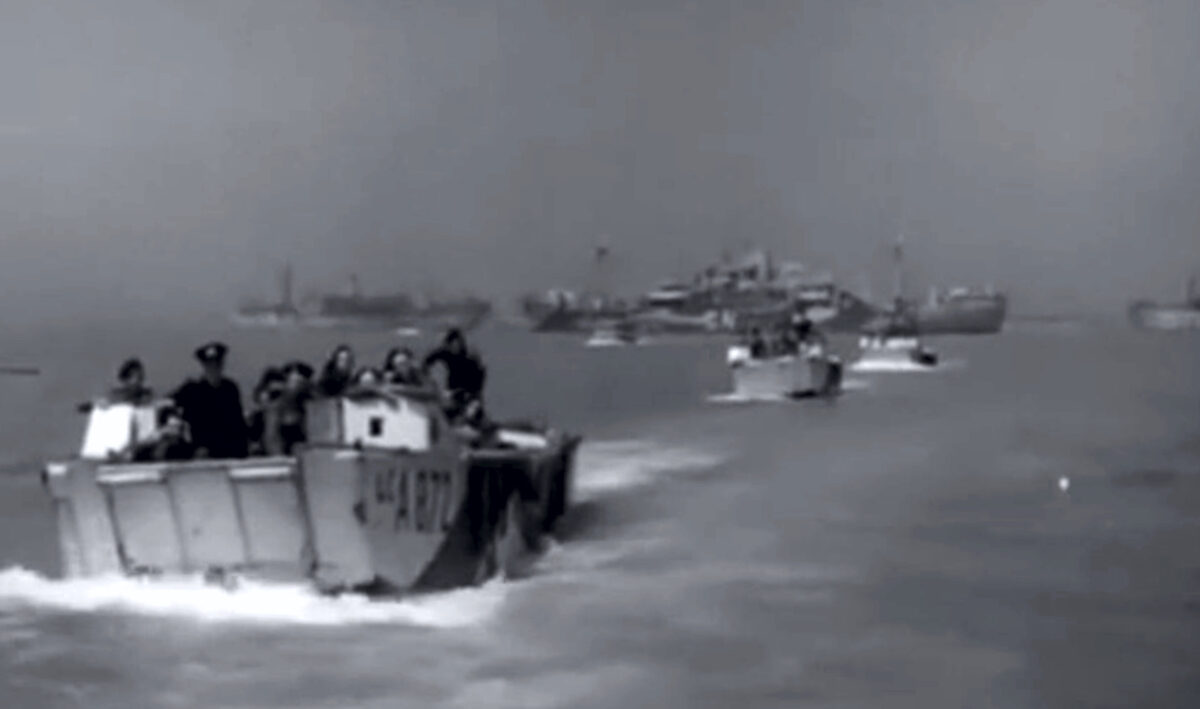
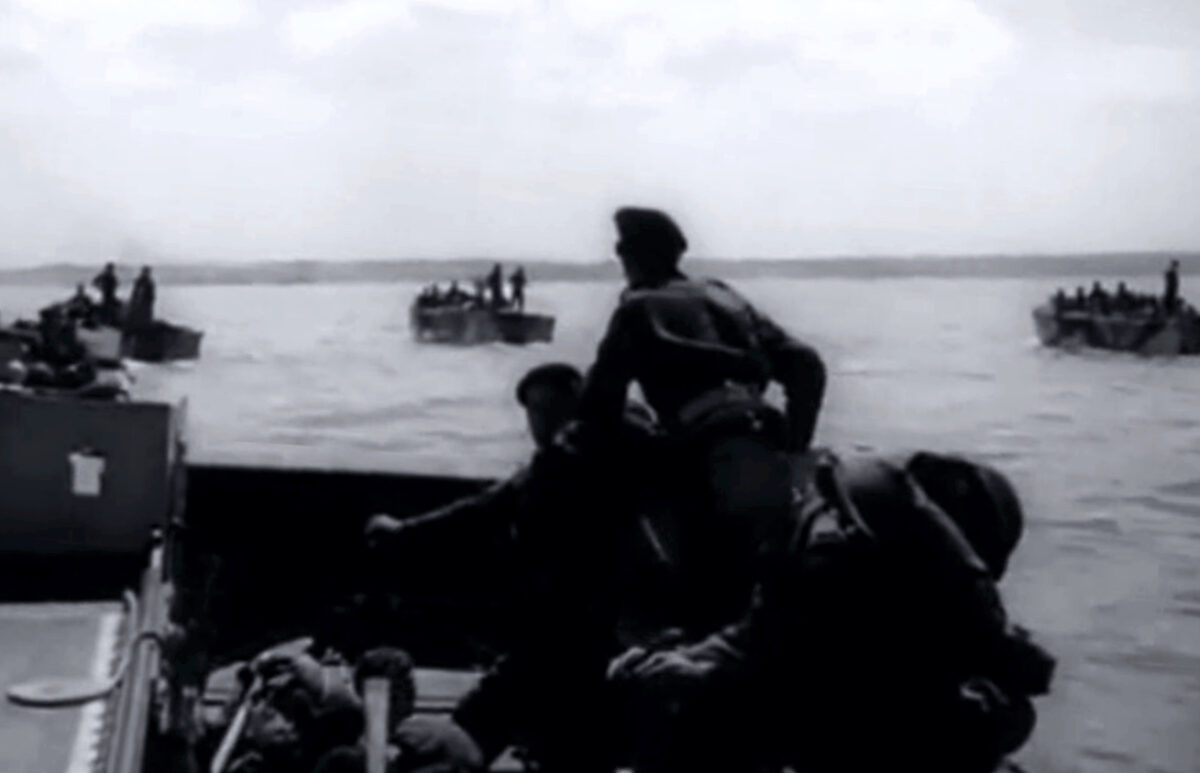


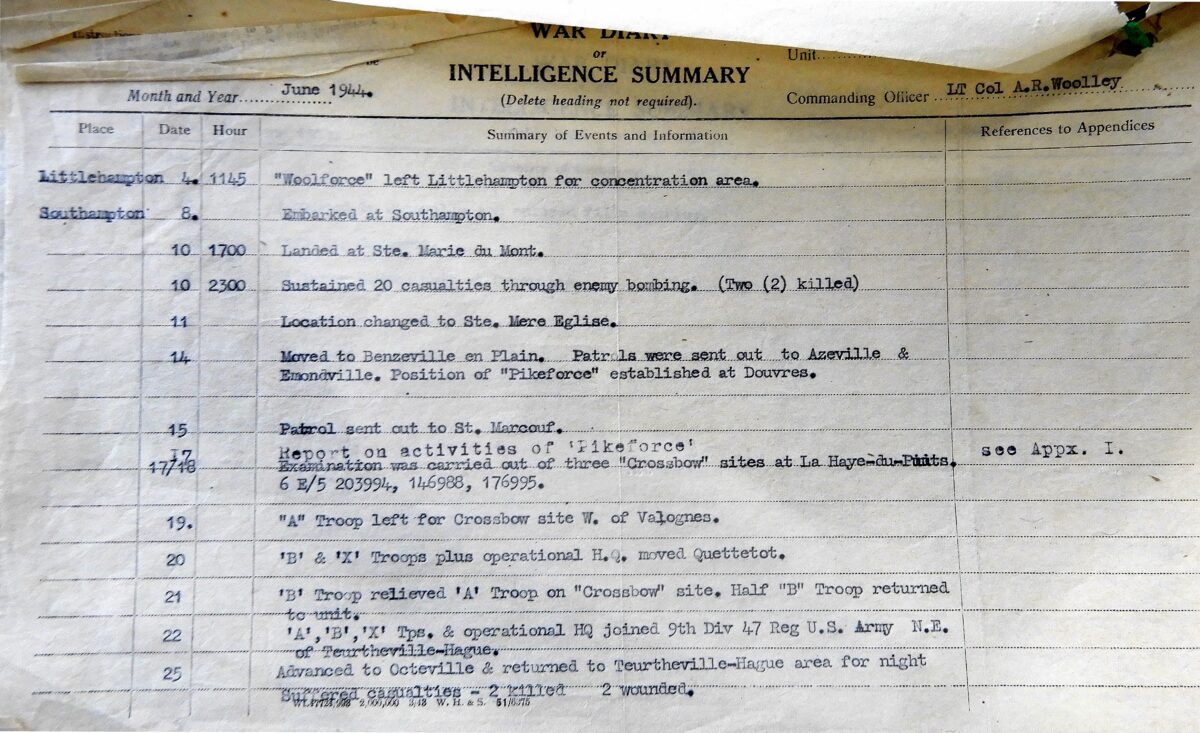
"WOOLFORCE, the last contingent to arrive, learned a basic infantry lesson the hard way. Use your spade to make a shelter - dig in or get hurt. On their first night in Normandy, a German aeroplane flew overhead and (Commanding Officer) Patrick Dalzel-Job heard and bang and a 'peculiar fluttering noise in the air'. Nothing happened for a second then the whole field was lit by sharp flashes and explosions."

Heavy resistance slowed the Allied advance so 30 AU went in search of sites as part of Operation Crossbow - the campaign to neutralise the launch and support sites for the long range ballistic missile and V1 rockets attacks which had just started on June 13.
Secondary targets and intelligence sources were the various forms of German radar installations covering the French coastline.


30 AU was a highly mobile unit using armoured jeeps, motorcycles and trucks to rapidly patrol the Normandy bocage and fields. They were led by Patrick Dazel-Job
“I led the way myself in Fraser’s jeep, and scout cars followed at 25 yard intervals, on alternate sides of the road where possible. I preferred the jeep as leading vehicle, in spite of its lack of protective armour, because we could see clearly in every direction from it and could reverse or manoeuvre very quickly out of trouble, especially with Fraser’s ability to drive very fast backwards; also, it was easy to dive into the ditch from the jeep if needs be. We carried the lightweight, semi-automatic .300 US carbines, which were handy and effective weapons at short range. It was the responsibility of the rather heavier gunned and armoured scout cars to cover our withdrawal if we came under fire.”
